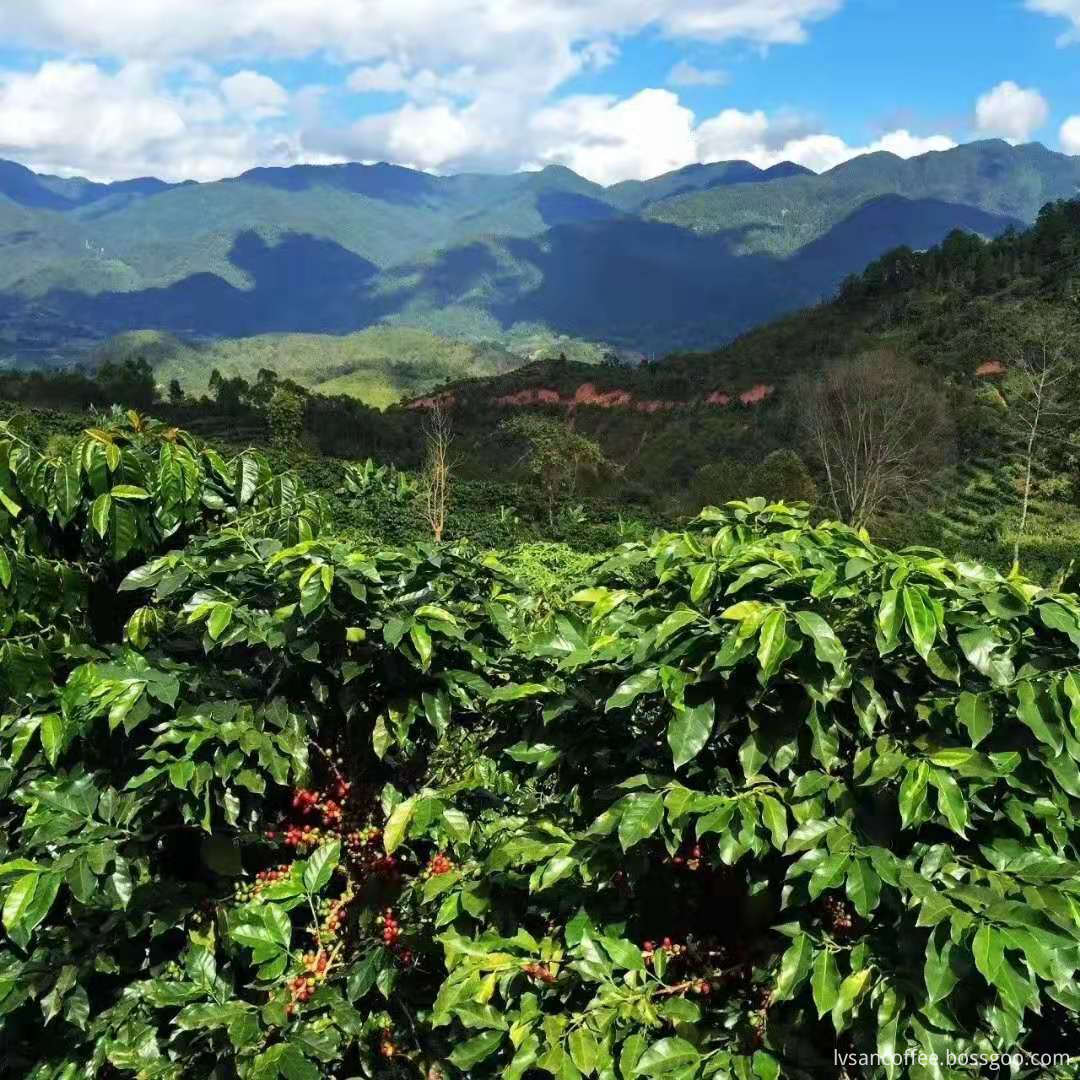The first crop of cowpea has a large amount of flowering, many pods, and large nutrient consumption, which can easily affect the differentiation of the second crop and even premature senescence. If you want to increase the yield in the later period, the management of the pod-setting period is very critical. You can't patronize supplemental fertilizer to promote pod-setting, but also strengthen the root system maintenance, supplement the trace elements, and promote subsequent flower bud differentiation. Use good biological agents to improve soil and promote roots During the pod-setting period of cowpea, many vegetable farmers look at the large number of pod-forming and have a lot of nutritional requirements. They pay attention to the supplementation of nitrogen, phosphorus, and potassium, but ignore the maintenance of the root system. During the pod-setting period, organic nutrients are consumed the most, and the amount of organic nutrients obtained by the root system is bound to be affected, which will easily lead to a decrease in new roots and subsequent weakness. Master Zhang also attached great importance to this period. After many years of experiments, Master Zhang chose to use continuous biological agents. At present, there are many types of rooting agents on the market, some of which are expensive, but on the whole, these rooting agents are mostly "powerful". At that time, rooting was promoted, and there was no nutrient support in the follow-up, and it quickly disappeared, and the effect was difficult to guarantee. . The use of biological agents starts from improving the soil, sustains and slowly promotes rooting, has no side effects, and has long-lasting effects. When choosing a biocide, vegetable farmers can choose a pesticide registration certificate of Bacillus subtilis, Bacillus polymyxa, etc., or they can purchase strains and ferment in the shed themselves. After about half a month of fermentation, it can be used as a biological fungus to fertilize, and supplements and promotes roots with good results. Early supplement of calcium and magnesium fertilizers Cowpea blooms and pods and has a large nutritional demand, but nutrition is not just nitrogen, phosphorus, and potassium fertilizers, and medium and small factors are equally important. However, vegetable farmers often only pay attention to nitrogen, phosphorus, and potassium, and ignore medium and trace element fertilizers, which causes some physiological problems. . For example, when calcium is lacking, it will lead to dysplasia of the grains, causing problems such as pointed tips, broken grains, etc .; when boron is lacking, the flowering is small and it is difficult to sit in the pod ... In the pod-setting period, the role of trace elements is irreplaceable in order to promote flower bud differentiation. In the pod-setting stage, there are many stems and leaves, and spraying is difficult. Vegetable farmers should use watering as the basis and reasonably match top dressing. Based on the use of water-soluble fertilizers of nitrogen, phosphorus and potassium, 1 acre of suspended calcium from Ishihara Taurus can be used for acres, 100 g / mu of particulate boron, 50 g / mu of molybdenum fertilizer, 500 ml / mu of monosilicic acid, etc Water can be applied. Strengthening environmental regulation Nutrient consumption during the pod-setting period is high. Attention should be paid to environmental regulation to increase photosynthetic efficiency and inhibit respiratory consumption. The first is to supplement carbon dioxide. In spring, the light is good, the temperature is suitable, and the lack of carbon dioxide is often the main factor affecting photosynthetic efficiency. Pay attention to reasonable ventilation. Within 1 hour after the insulation is pulled up, ventilation must be started to supplement carbon dioxide in the shed and improve photosynthetic efficiency. When cold air arrives, the greenhouse warming block can be ignited in the shed to replenish carbon dioxide while increasing the temperature. The second is to control the night temperature. As the temperature rises, the excessively high night temperature is also an important factor to increase nutritional consumption. Pay attention to closing the ventilation openings late and covering the quilts at night to ensure that the temperature in the shed is below 15 ° C when the shed is pulled in the morning. The third is spraying Bacillus subtilis, Trichoderma harzianum, chitosan, etc. to prevent disease and raise leaves, and improve disease resistance. Disclaimer: Some articles on this website are transferred from the Internet. If third party legal rights are involved, please inform this website to deal with them. phone
China Green Coffee Beans
flavor: mellow and balanced, with fruit acid flavor, nuts, honey, chocolate, citrus;
Variety:Aribica
processing method: washing;
water content: less than 12%;
packaging: 60kg / bag
In 1892, French missionary father Tian Daneng preached in Dali, Yunnan Province, China. In order to drink coffee, he taught local villagers to grow and drink coffee. Up to now, coffee has been planted in Yunnan Province of China for more than 100 years, with an area of 120000 mu. Most of the varieties planted in Yunnan are ccatimor, with an altitude of 1000-1500m, The coffee produced in Yunnan has a balanced taste, rich nut and citrus flavor, some of which are very sweet, with obvious taste of chocolate, toffee and maple sugar. It is one of the high-quality coffee producing areas. Our coffee is produced at the junction of Puer and Burma - the Myitkyina original jungle beans at 1500-1750, with a rich flavor, high aroma and high sweetness. The 2019 international coffee cup Masters Tournament (China finals) is sponsored by beans.
Bulk Green Coffee Beans,Light Roast Coffee Beans,Green Robusta Coffee Beans,Arabica Roasted Coffee Beans Yunnan New Biology Culture Co,.Ltd , https://www.lvsancoffee.com